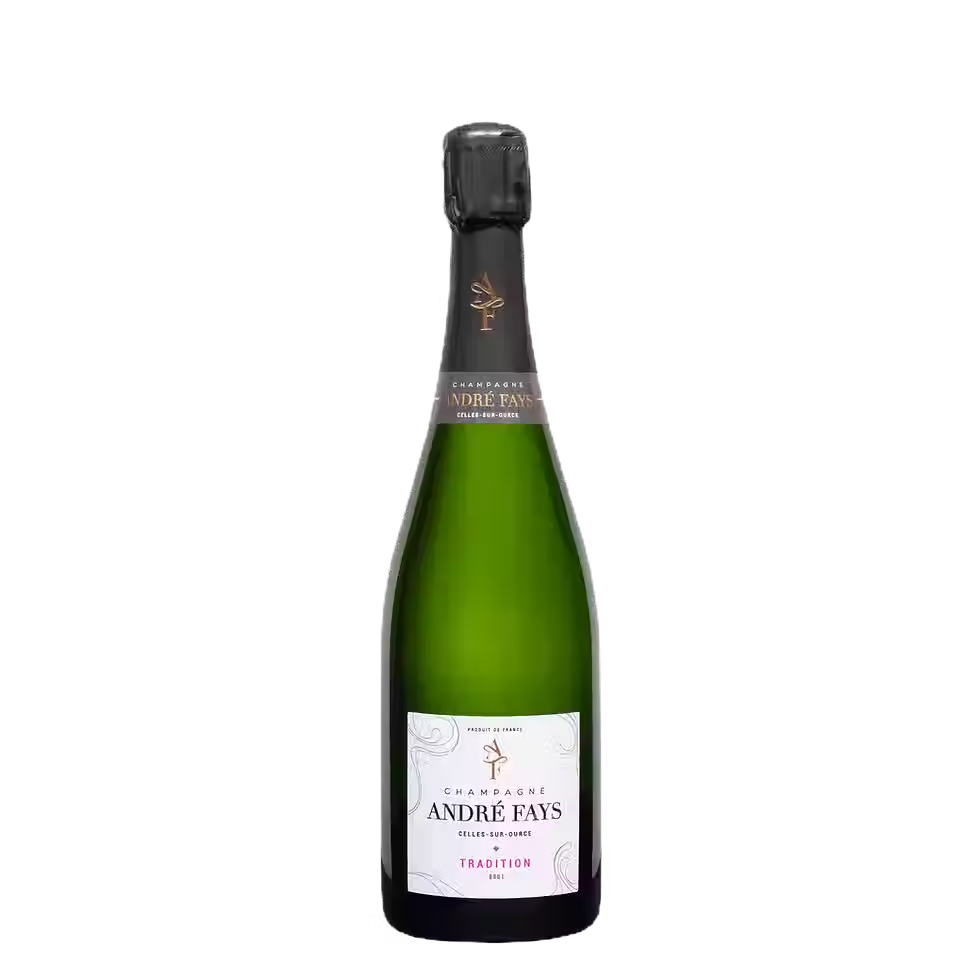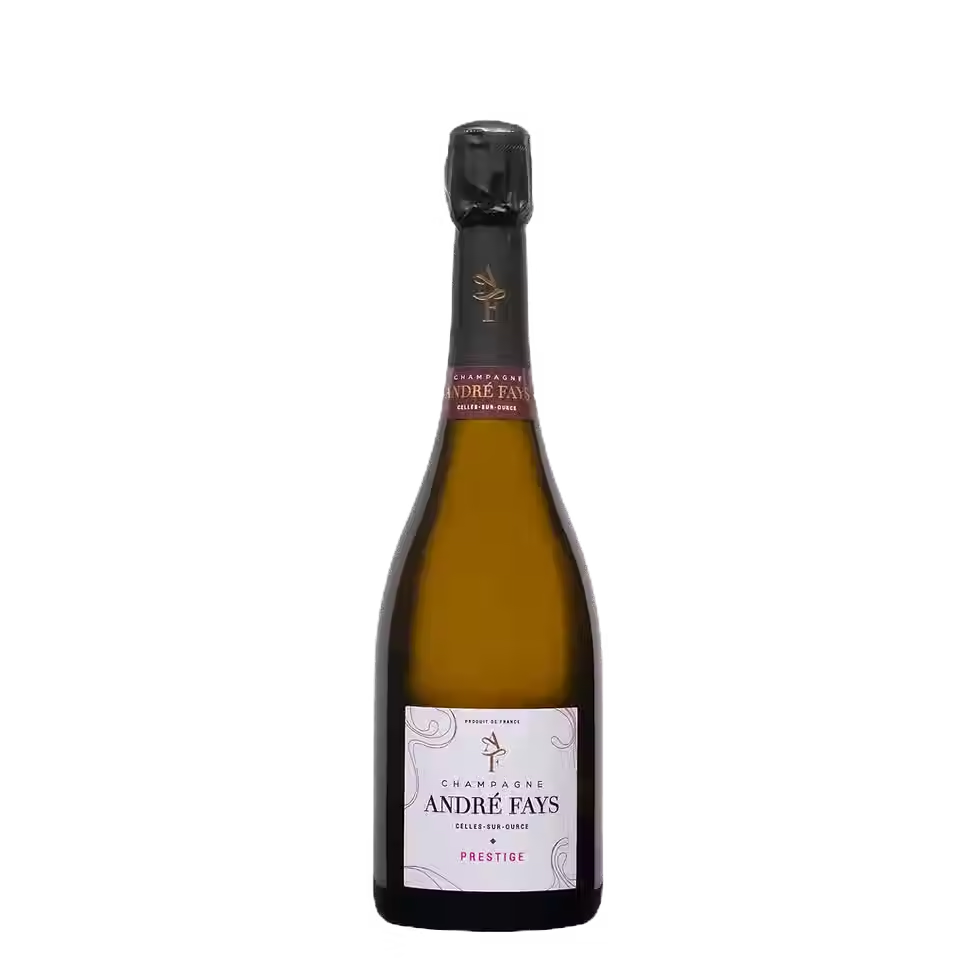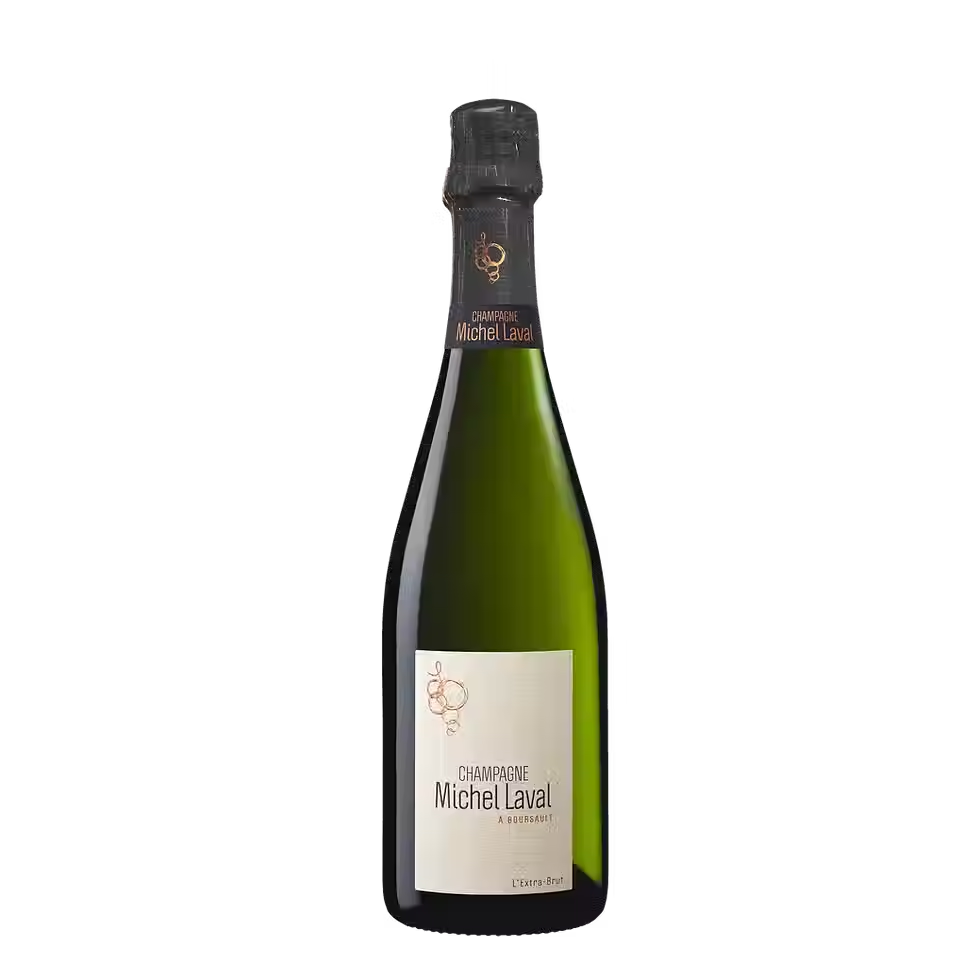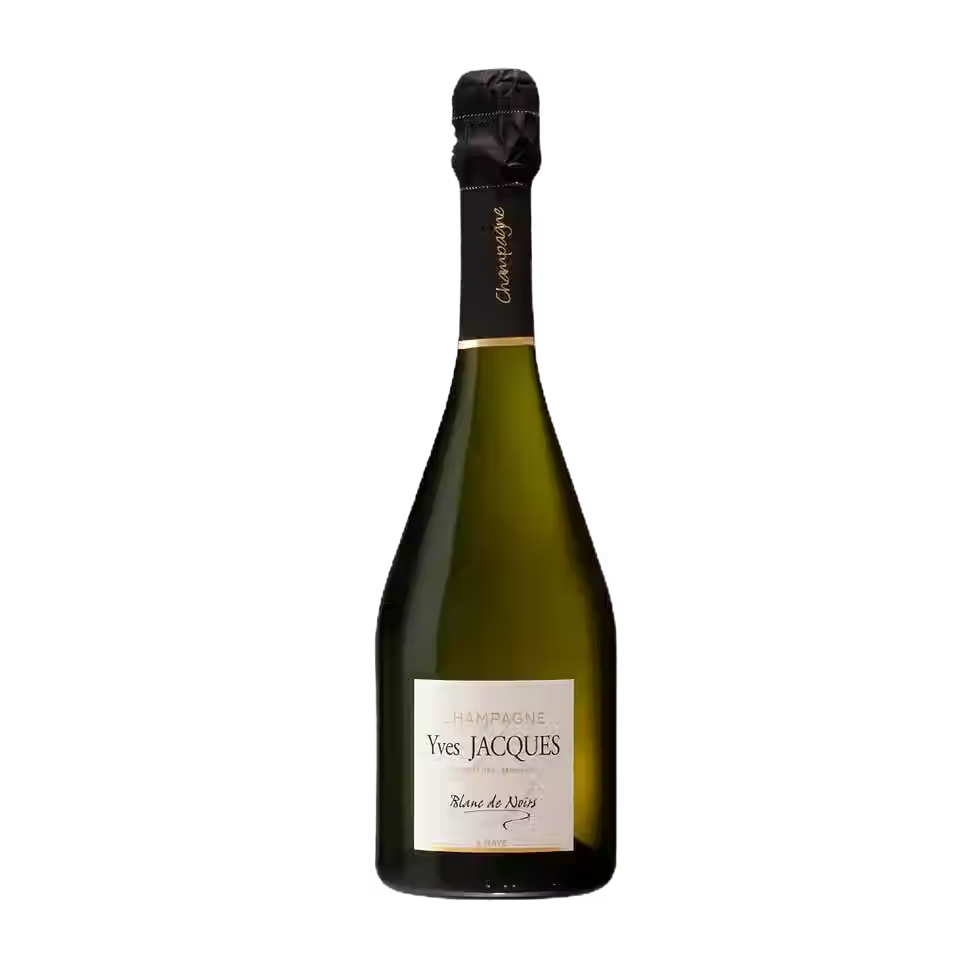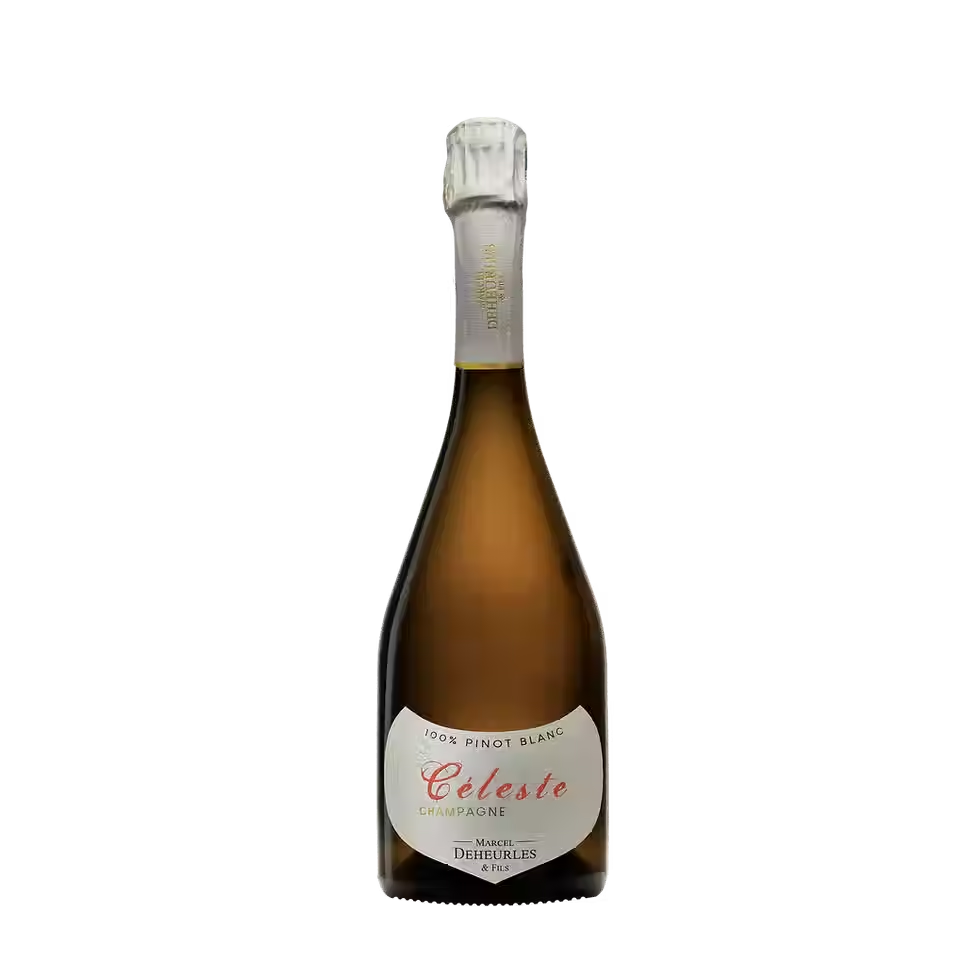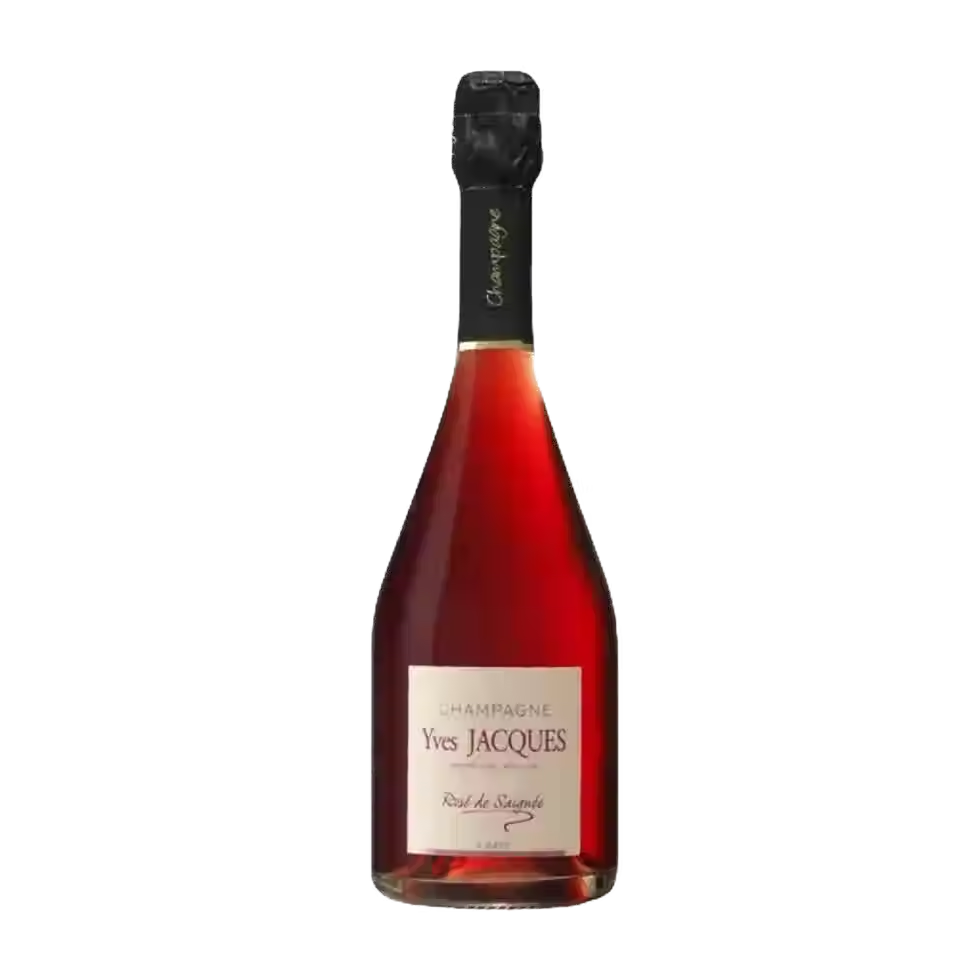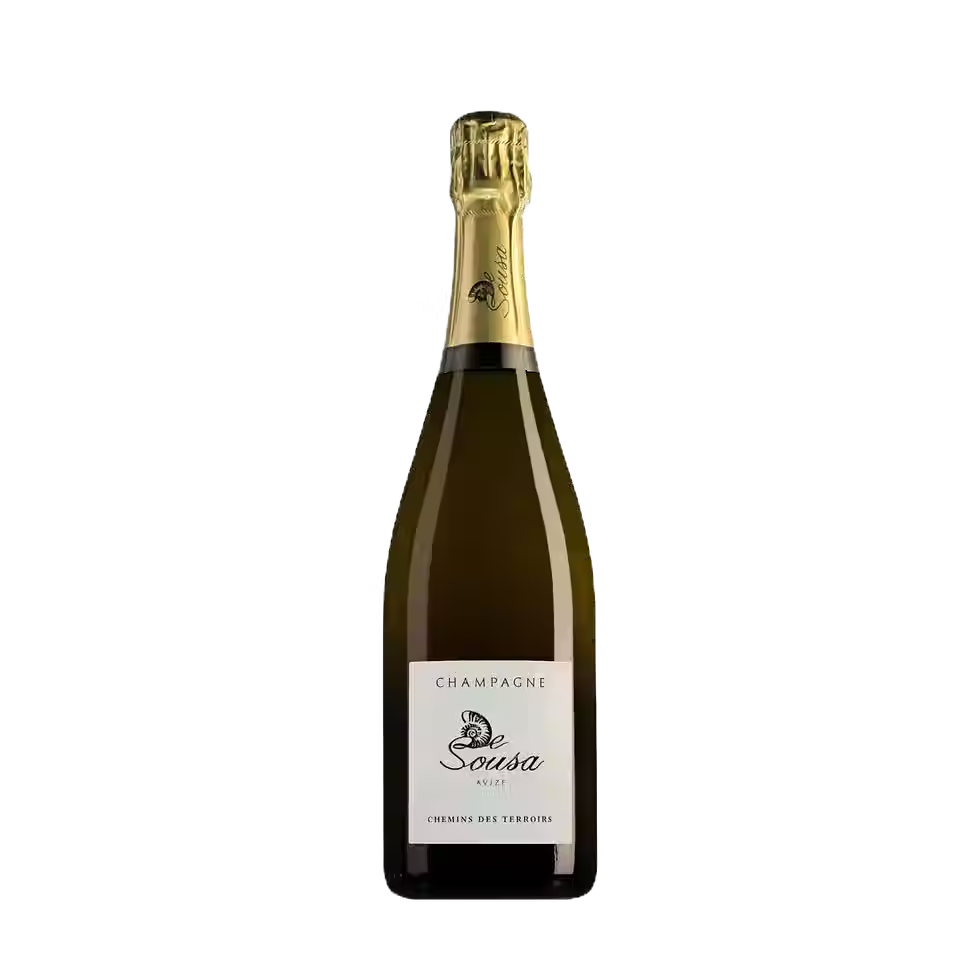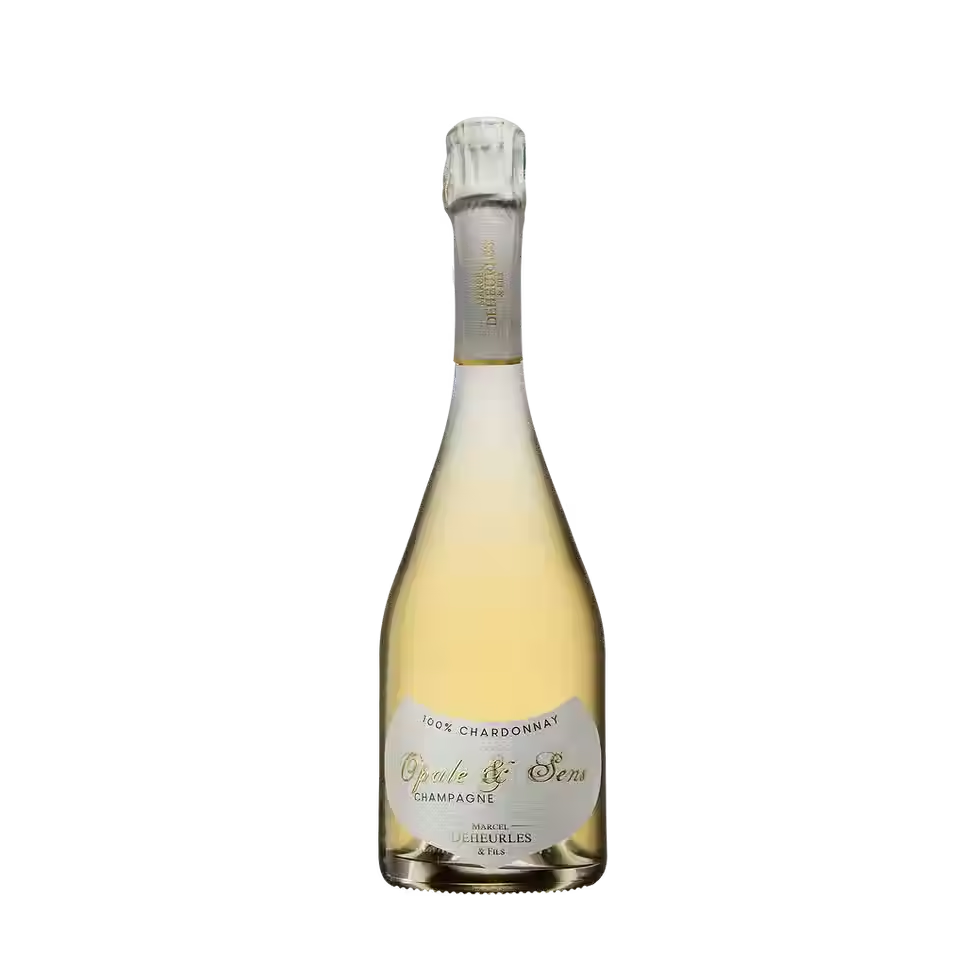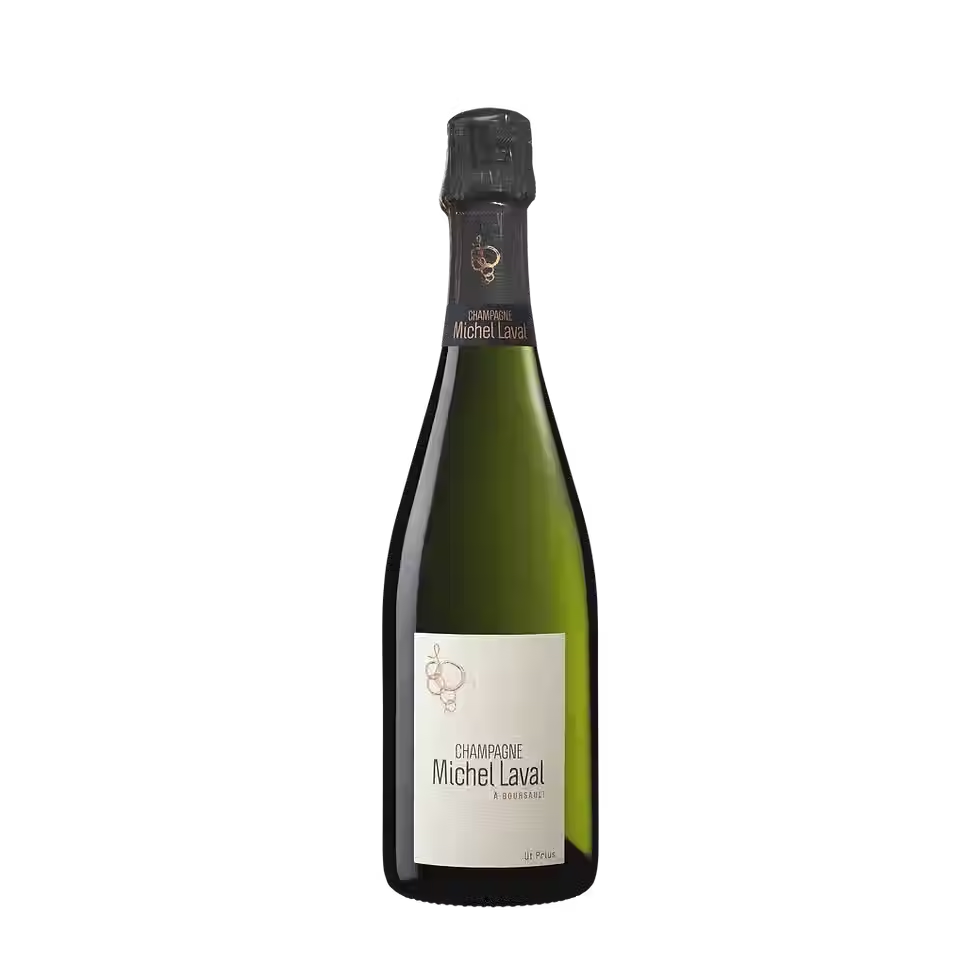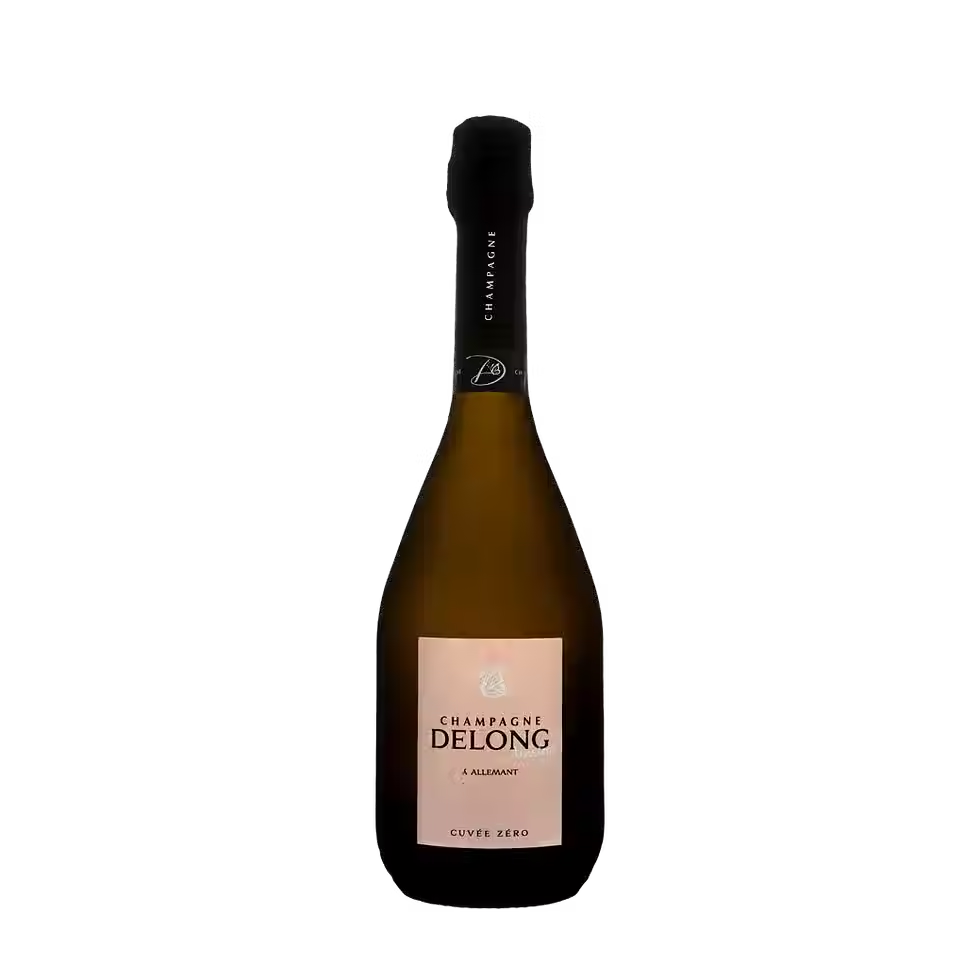Champagne, Prosecco and Cava : Understanding the Differences
- cecile-w
- Dec 19, 2024
- 3 min read
Updated: Jul 31

When it comes to sparkling wines, Champagne, Prosecco and Cava are some of the most well-known names. Although all of these wines share the characteristic of being effervescent, each one has its own unique style, production methods, and taste profiles, influenced by the region's soil, climate, and grape varieties. Let's explore these differences together.
Champagne: the King of sparkling wines
Champagne is the most famous sparkling wine, originating from the Champagne region in northeastern France. The region's cool, northern climate is ideal for producing grapes that retain high acidity, essential for quality sparkling wine. The chalky soil in Champagne plays a crucial role, providing excellent drainage and reflecting sunlight, which helps the grapes ripen slowly, preserving their freshness.
The primary grapes used in Champagne are Chardonnay, Pinot Noir, and Pinot Meunier. These varieties contribute to Champagne's distinctive flavor profile. Chardonnay offers elegance and freshness, Pinot Noir adds body and structure, and Pinot Meunier brings fruitiness and approachability.
Champagne is typically made using the Traditional Method (Méthode Champenoise), where the wine undergoes a second fermentation in the bottle to create its signature bubbles. This method is labor-intensive. The wine must be hand-turned (riddling) and may spend several years aging on the lees (yeast cells), which contributes to complex flavors such as brioche, toast, and nuts. The long aging process and meticulous methods raise production costs, which are reflected in the price.
The Champagne region is strictly regulated, and land in this area is among the most expensive in the world for grape cultivation. The AOC (Appellation d'Origine Contrôlée) regulations governing Champagne production impose strict guidelines on everything from grape growing to winemaking techniques. These regulations, along with the high cost of land and the limited production zone, drive up the price of Champagne.
Cava: Spain’s sparkling gem
Cava comes from the Penedès region of Spain, where the Mediterranean climate and fertile soils, including limestone and clay, provide an ideal environment for sparkling wine production. Cava is typically made from a blend of Macabeo, Xarel-lo, and Parellada grapes, which are indigenous to Spain. These grapes contribute to Cava’s crisp acidity and flavors of green apple, citrus, and almonds.
Like Champagne, Cava is made using the Traditional Method, meaning it undergoes secondary fermentation in the bottle. This creates complex aromas of brioche, toast, and nuts, similar to Champagne, but with a more pronounced fruitiness. The use of indigenous Spanish grapes and the region’s distinct climate give Cava this unique personality.
Cava’s production process is generally less expensive than Champagne because labor costs in Spain are lower, and the vineyard land in the Penedès region is more affordable than in Champagne. Also, Cava typically spends less time aging than Champagne, though some premium Cavas can age longer.
Prosecco: light and fresh from Italy
Prosecco comes from the Veneto region in northeastern Italy. The area has a milder climate compared to Champagne, with rolling hills and a variety of soil types, including limestone and clay, contributing to the wine's character. Prosecco is primarily made from the Glera grape, though other varieties like Verdiso and Pinot Grigio may also be used. The grape’s natural acidity gives Prosecco its refreshing, light taste.
Unlike Champagne, Prosecco is usually made using the Tank Method (Charmat Method), where the secondary fermentation takes place in large tanks instead of individual bottles. This process preserves the fresh, fruity flavors of the wine, with notes of green apple, pear, and citrus. Prosecco is often less complex than champagne, offering a lighter and more approachable drinking experience. This method is less labor-intensive and faster, which keeps production costs lower than Champagne and Cava.
Wrapping Up: Key Differences Between Champagne, Prosecco, and Cava
So, what are the key differences between Champagne, Prosecco and Cava ?
In addition to the production method, labor and land costs and aging time, the price of Champagne can also be explained by branding and prestige. Major Champagne houses invest heavily to ensure Champagne continues to be viewed as a luxury product, associated with celebration, exclusivity, and high status. This perception, combined with the region’s historical significance and stricter regulations, allows producers to command higher prices.
Artisan Champagnes provide an interesting alternative to the premium branded Champagnes. They offer excellent quality at a more accessible price, often showcasing the distinctiveness of the individual vineyard or terroir. When you buy Artisan Champagne, you consume the product of winemakers who are deeply passionate about their craft.



















